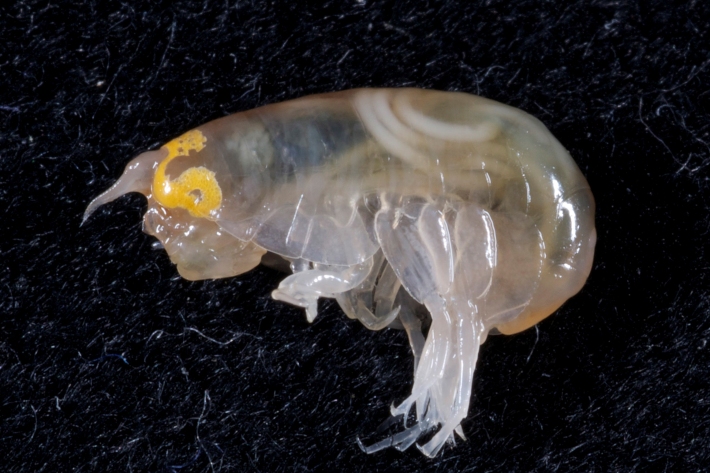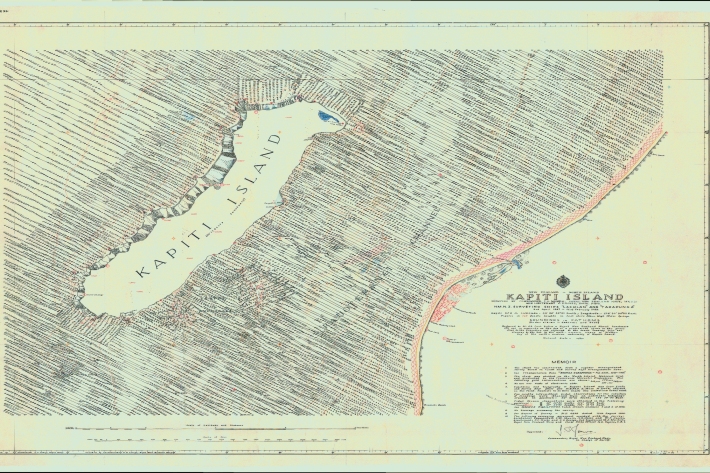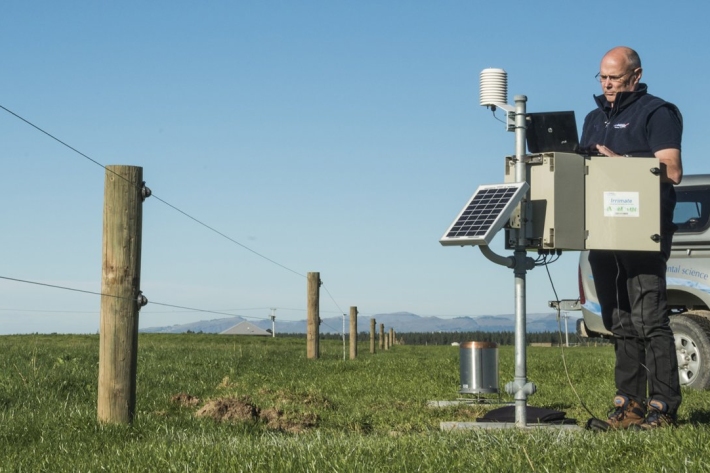-

Critter of the Week: Trophomera sp.: the lowest of the low
This week we introduce to you the deepest parasite ever recorded, a nematode of the genus Trophomera Rubtzov & Platonova 1974. -

New Zealand Ocean Acidification Observing Network (NZOA-ON)
Research ProjectOcean acidification conditions around the New Zealand coast are being measured to establish baseline conditions and to quantify future change. -

Kapiti multibeam survey
News article24 June 2015NIWA scientists use the latest multibeam echo-sounding technology to generate new charts of the seafloor around Kapiti island. -

Scientists flock to NIWA site for rare show of Pluto
Media release24 June 2015Scientists from around the world will be at NIWA’s atmospheric research station in Central Otago next week to observe a rare astronomical event. -

Revealing Kapiti Island's submarine landscape
Research ProjectWe are using modern techniques to map seafloor surrounding Kapiti Island, an area of significant cultural and environmental value to New Zealand. -

NIWA makes a date with freshwater fish
Media release22 June 2015NIWA researchers have produced a series of calendars to inform people when New Zealand's native freshwater and sport fish are migrating and spawning. -

Freshwater fish calendars
NIWA's publication "Freshwater Fish Spawning and Migration Periods" is designed to help people working near freshwater to minimise effects of their work on freshwater fish species. -

Lauder leader's ozone work feted
News article19 June 2015NIWA's Dr Richard Querel's alma mater, University of Lethbridge in Alberta, has noted his ozone research on its website. -
Critter of the Week: Telopathes (black coral)
This week we look at Telopathes (black corals). -

World congress confirms Lauder’s expertise
News article05 June 2015The World Meteorological Organisation Congress has confirmed NIWA's Lauder atmospheric research station as one of Earth's leading providers of upper-air data critical for measuring climate change. -

NIWA Irrimet
NIWA has developed new tools that can help farmers decide when to irrigate or fertilise.

